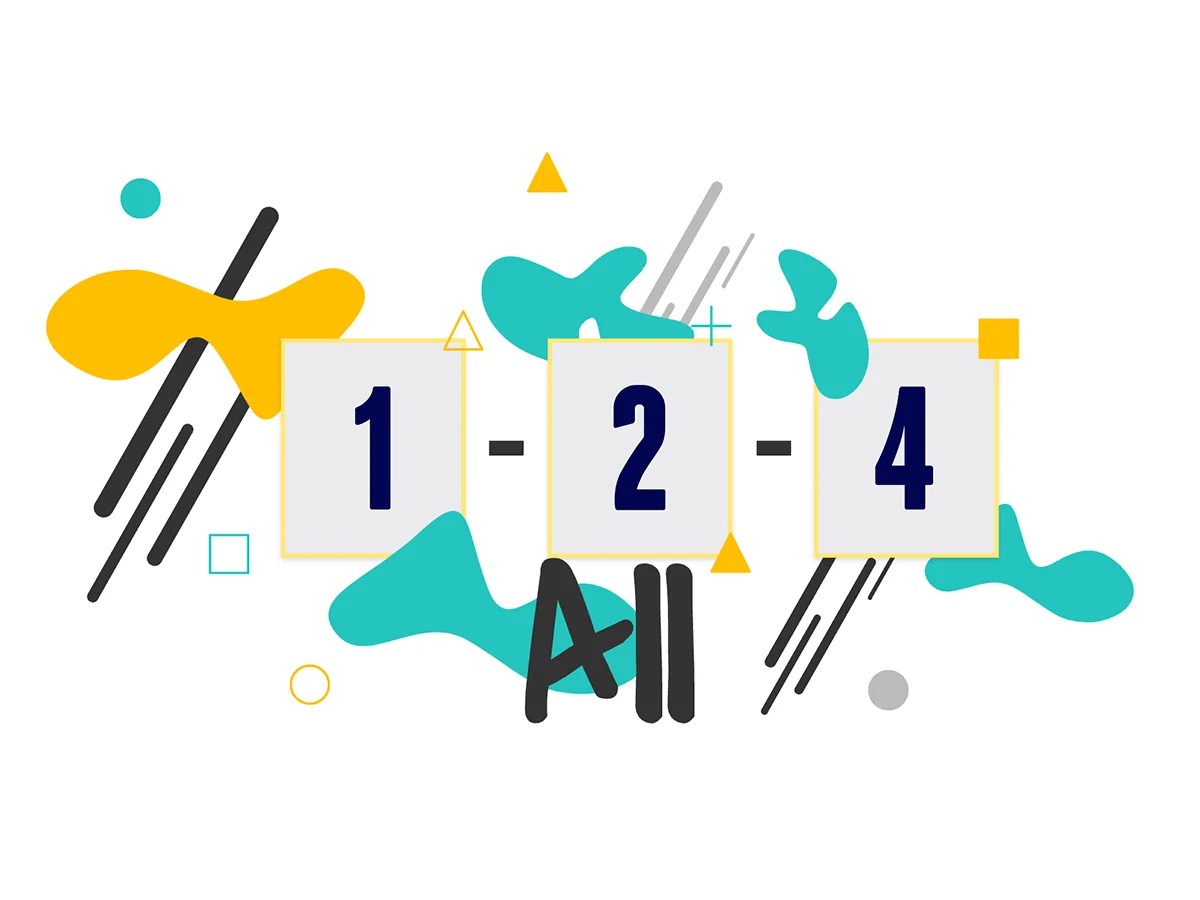1-2-4-All: The brainstorming method to think in groups getting bigger
Published on June 23, 2025
1-2-4-All: The brainstorming method to think in groups getting bigger


Have you heard of Liberating Structures? It’s a set of 33 new tools developed by Henri Lipmanowicz and Keith McCandless to improve teamwork. Designed as practical and simple solutions, Liberating Structures help groups of all shapes and sizes meet their goals.
The 1-2-4-All method is one of them. It is basically a variant of the popular Brainstorming method and aims to breed ideas by gradually encouraging team members to think, first individually, then in increasingly large groups. It aims to create solutions in a collaborative manner, starting from a given topic.
How does it actually work? Let us tell you all about it!
It’s a collaborative workshop aiming to breed ideas to solve a problem as a group.


It’s derived from a set of tools known as ‘Liberating Structures’, used to stimulate collective intelligence and engage a work group, so that the team can find a solution to a given problem. To meet this goal, the team typically organize exchanges between group members and release their creative potential via simple and effective methods.
A successful Liberating Structures workshop requires the following 10 basic principles to be followed:
Before starting the workshop, the facilitator sets the context by stressing the need for a benevolent, respectful and non-judgmental approach: this is central to the Liberating Structures approach. The facilitator then presents a common topic in the form of a single question. As time is limited, the question must be clearly explained. Otherwise, the results may be difficult to interpret and will not allow the team to meet the objective.


Once the context and question have been clearly set out, the workshop can begin! There are four stages:


A suggestion:
Taking time for individual introspection in meetings, before opening up the discussion, is quite uncommon and has a number of benefits.
It helps everyone to feel they are all contributing to the ideation. Otherwise, the same thing seems to happen every time, i.e. one or two people who are more self-confident than the rest make suggestions, while other members of the group listen, keep their thoughts to themselves or twiddle their thumbs.
With this method, everyone has to think independently, whatever the size of the group. No one influences other people’s thought processes, and a large number of ideas rapidly emerge.
Managers and employees alike can easily take part without fear or pressure, even those who are generally reluctant to voice their ideas in front of everyone.
When brainstorming in pairs, then in groups of four, collective intelligence gradually works its magic. In just a few minutes, all the people are involved at the same time and ideas begin to emerge. Then the most useful ones can be picked out during constructive exchanges.
Ideas and suggestions stemming directly from group members can be approved by the group more quickly and easily, thus speeding up future implementation.


Some Scrum Masters use the 1-2-4 All method for a number of applications in Scrum :
With Klaxoon’s template, it's easy : the facilitator has an online ready-to-use space to run a 1-2-4-All workshop, no matter how many people are involved.
To make sure the workshop rolls out smoothly, he or she prepares the links to the Boards dedicated to the subgroups of 2 people (pairs), as well as the subgroups of 4 people (foursomes). These Boards act as virtual meeting points where the group members can form groups of 2 or 4 to share their ideas.
Within these dedicated boards, the pairs and foursomes can use Live to discuss their ideas. The digital whiteboard offers a vast space for people to share any type of ideas through words, images or drawings.
The facilitator can set the timer for each stage according to need.
Ready for the countdown? 1… 2… 4… we’re All set to go!
Get inspired by other templates from the same categories
Unlock your teamwork potential